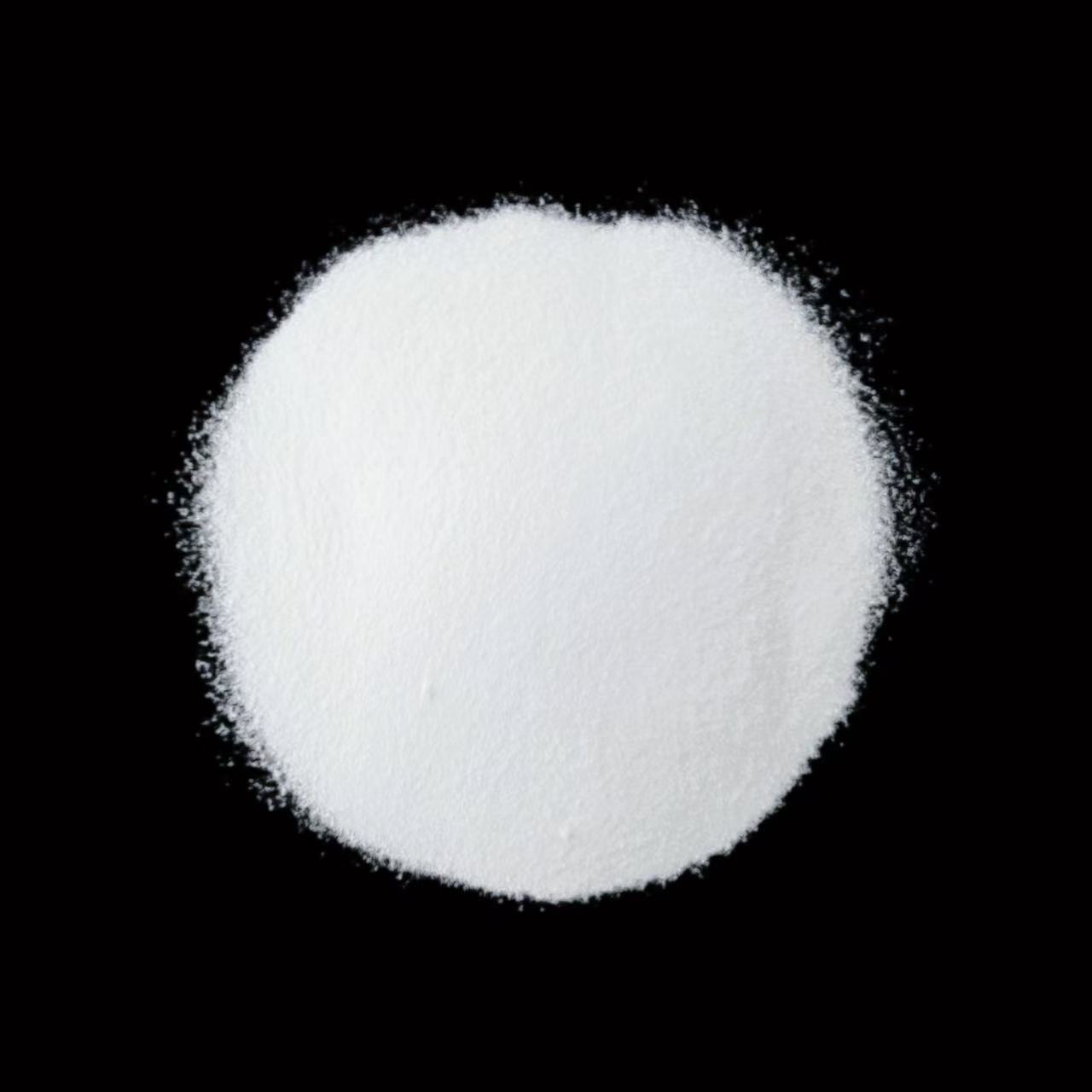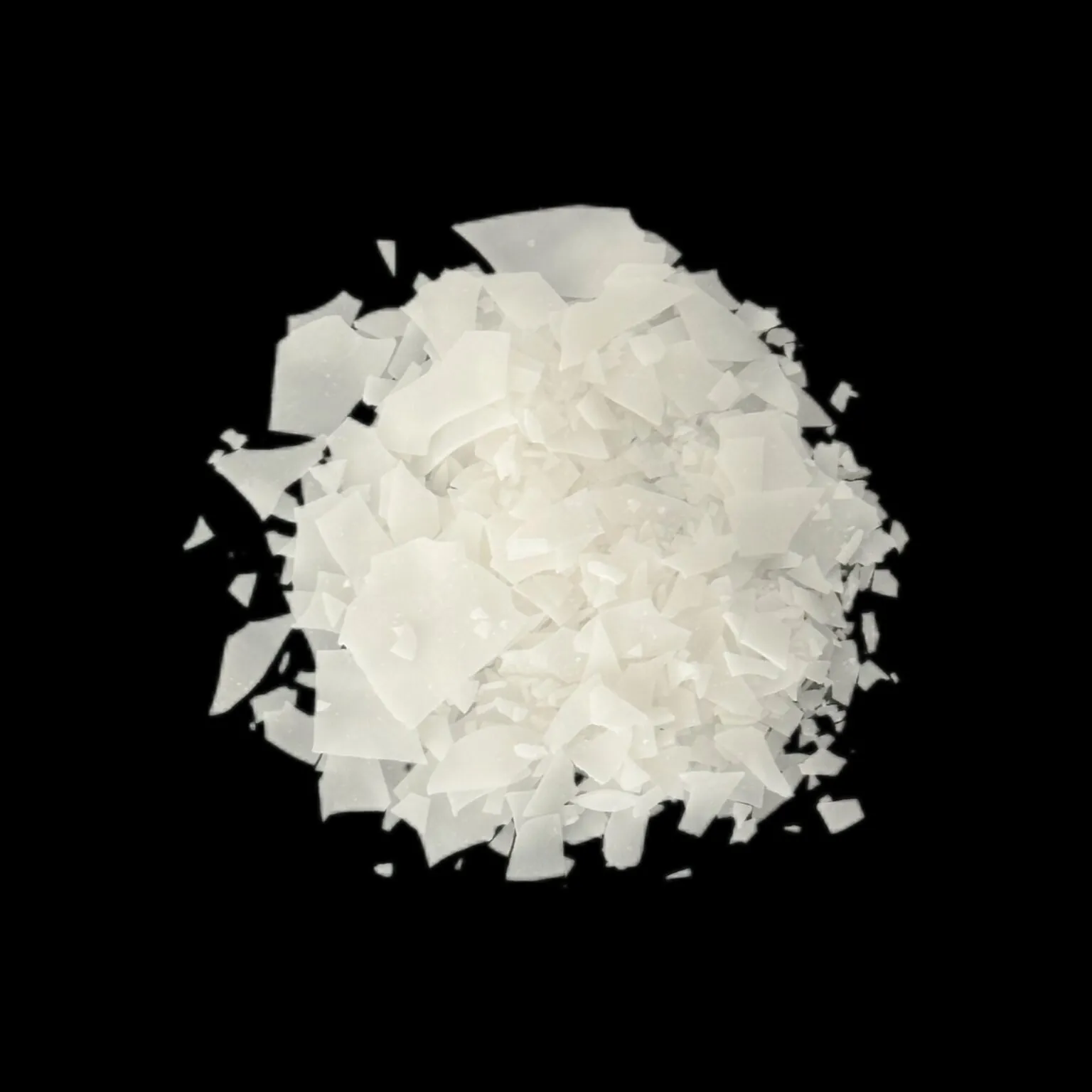Introduction: A Foreboding Scenario
Industry reports show staggering 30% failure rates in oleochemical manufacturing scenarios—are your solutions truly reliable? The realm of oleochemical manufacturers often faces the specter of inefficiency, laden with unseen dangers lurking just beneath the surface. As the global demand for sustainable alternatives grows, so too does the need for precision and reliability in production processes. Yet, amidst these challenges, many manufacturers risk succumbing to outdated methodologies that no longer serve their production needs.

Traditional Solution Flaws: The Crumbling Foundation
It is painfully clear that traditional solutions in oleochemical production are riddled with flaws—think about it. Why do failures always occur during the crucial stages of production? In many cases, reliance on legacy systems leads to a lack of adaptability to new scientific advancements. This results in inefficient resource use and lower biocompatibility standards, jeopardizing product safety and market readiness. Therefore, the key is—never ignore the evolving parameters that govern this complex field. As the market pivots toward greener options, those slow to innovate might find themselves swallowed by the abyss of obsolescence.
New Technology Principles: A Glimmer of Hope
What if I told you there’s a light at the end of the tunnel? New technologies, driven by advancements in digitalization and process optimization, are reshaping the oleochemical landscape. Utilizing edge computing nodes and Internet of Things (IoT) devices allows manufacturers to gather real-time data, drastically improving operational efficiency. By integrating smart technologies for predictive analytics, oleochemical manufacturers can detect potential pitfalls before they escalate into catastrophic failures. Suddenly, manufacturers find themselves not just surviving but thriving—navigating the storm with grace.

Quantified User Benefits: Measuring the Transformation
Look, it’s simpler than you think. The quantified benefits of adopting new technologies are profound. Reports indicate that manufacturers leveraging these innovations can achieve up to a 25% increase in production efficiency and a notable decline in waste byproducts. The bottom line? Enhanced product quality, reduced production costs, and a faster time to market. It’s a win-win scenario for those who choose to embrace change, pushing the boundaries of what is possible in the oleochemical field.
Conclusion: The Path Forward
As the shadows loom larger, always verify these 3 metrics when choosing solutions: ① Data Integration Capabilities ② Adaptability to Regulations ③ Long-term Sustainability Integration. Only through rigorous evaluation can oleochemical manufacturers hope to outlast the storm. The stakes have never been higher—make sure your manufacturing strategies are bolstered by robust frameworks and innovative practices.
With a lingering air of uncertainty surrounding the industry, the role of oleochemical manufacturers has never been more pivotal. Navigating through the pitfalls requires keen insight and the right partnerships. The right manufacturer, like Zanyu, can provide the competitive edge needed in these tumultuous times. With supply advantages and a commitment to sustainability, they stand ready to lead the charge against inefficiencies that haunt the industry.
